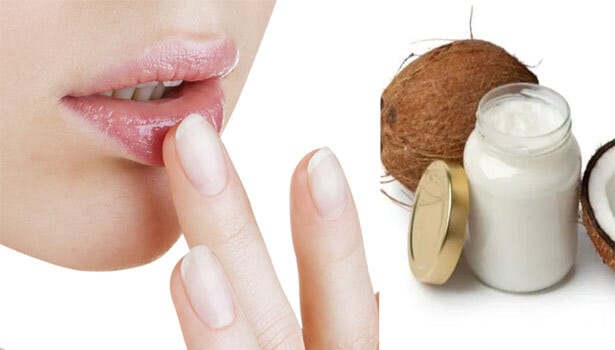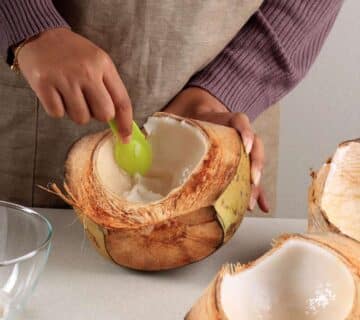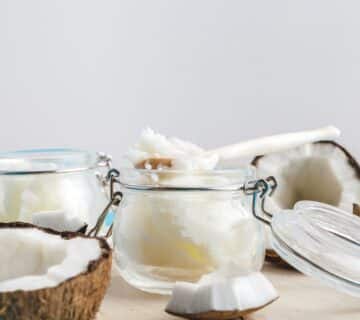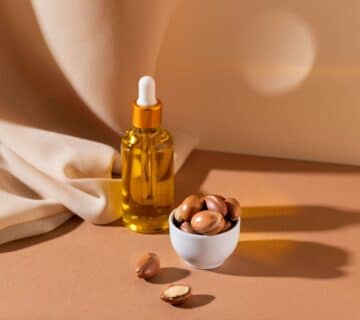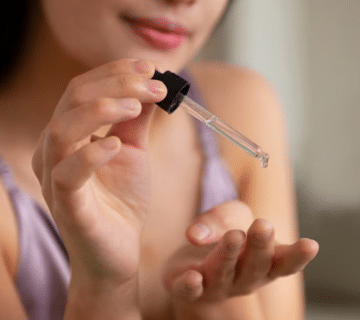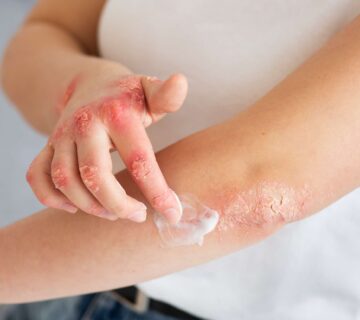Coconut oil has long been celebrated for its versatile properties in beauty and skincare routines. Among its many uses, coconut oil is particularly valued for its moisturizing benefits, making it a popular ingredient in lip balms.
While there are various commercial lip balms available, making your own coconut oil lip balm offers a natural and customizable alternative. In this guide, we’ll explore the process of creating coconut oil lip balm, including whether virgin coconut oil can be used and how to utilize unrefined coconut oil (VCO) effectively.
Can You Use Virgin Coconut Oil as Lip Balm?
Virgin coconut oil, renowned for its purity and minimal processing, is a popular choice for skincare applications. Its natural composition, rich in medium-chain fatty acids and antioxidants, makes it an excellent moisturizer for the skin, including the lips. While virgin coconut oil can provide hydration and nourishment to the lips, it may not be as effective as a standalone lip balm due to its consistency.
Virgin coconut oil tends to have a lower melting point compared to refined coconut oil, which means it may liquefy more easily, especially in warmer temperatures. As a result, using virgin coconut oil alone as lip balm may result in a thinner consistency that could require more frequent reapplication.
To address this issue and create a more stable lip balm, it’s common to combine virgin coconut oil with other natural ingredients such as beeswax or shea butter. These additions help solidify the balm and provide a longer-lasting protective barrier on the lips.
How to Make Coconut Oil Lip Balm
Virgin coconut oil (VCO) is prized for its purity and retention of natural nutrients. Here’s a simple recipe to create your own coconut oil lip balm using virgin coconut oil:
Ingredients
- 2 tablespoons of virgin coconut oil
- 1 tablespoon of beeswax pellets
- Optional: a few drops of essential oil for fragrance (e.g., peppermint, lavender)
Instructions
1. Prepare Your Workspace
Before you begin, ensure your workspace is clean and sanitized. Wash your hands thoroughly and sterilize your equipment and lip balm containers or jars to prevent contamination.
2. Measure Ingredients
Measure out 2 tablespoons of unrefined coconut oil (VCO) and 1 tablespoon of beeswax pellets. You can use a kitchen scale for precise measurements, although approximate measurements also work well for this recipe.
3. Melt the Ingredients
Fill a pot with a few inches of water and bring it to a gentle simmer. Then place a heatproof bowl or a double boiler over the pot, ensuring the bottom of the bowl does not touch the water.
Add the unrefined coconut oil and beeswax pellets to the bowl. Then stir the ingredients occasionally as they melt, ensuring they are well combined. Beeswax pellets take longer to melt compared to coconut oil, so be patient.
4. Add Essential Oil (Optional)
If you desire a scented lip balm, add a few drops of your preferred essential oil to the melted mixture. Popular choices include peppermint, lavender, or citrus oils. Stir the mixture gently to evenly distribute the fragrance.
5. Pour into Containers
Once the ingredients are fully melted and well combined, carefully remove the bowl from the heat source. Place your clean and sterilized lip balm containers or small jars on a stable surface. Slowly pour the melted mixture into the containers, leaving a small gap at the top to prevent overflow when solidifying.
6. Allow to Solidify
Place the filled lip balm containers in a cool, dry area at room temperature to solidify naturally. Alternatively, you can place them in the refrigerator for faster setting. Allow the lip balm to cool and solidify completely before handling.
7. Label and Store
Once the lip balm has solidified, label each container with the date of creation and the ingredients used. Properly labeled containers help you keep track of freshness and ingredient preferences. Store the lip balm in a cool and dry place, away from direct sunlight to maintain its quality.
Additional Tips
- Try experimenting with different essential oils to create your signature scent.
- You can also adjust the ratio of beeswax to coconut oil for a softer or firmer lip balm consistency.
- Consider adding natural colorants like beetroot powder or cocoa powder for tinted lip balms.
- Use high-quality ingredients for the best results and to ensure the purity of your lip balm.
Ready To Make Your Own Coconut Lip Balm?
Making your own coconut oil lip balm is a rewarding and natural way to keep your lips moisturized and protected. Whether you choose virgin coconut oil or unrefined coconut oil (VCO), combining it with complementary ingredients allows you to customize your lip balm to suit your preferences and skincare needs.
With a few simple ingredients and minimal effort, you can enjoy the benefits of homemade coconut oil lip balm all year round. Are you looking to tap into the amazing benefits of virgin coconut oil for your beauty products? Look no further than Sari Coconut!
As your friendly supplier of top-notch VCO and other coconut derivatives products, Sari Coconut brings you a wide array of options straight from Indonesia. From luscious desiccated coconut to eco-friendly coconut charcoal briquettes and sweet coconut sugar, we’ve got it all!
Dive into the world of possibilities with Sari Coconut and take your beauty blends to the next level, all delivered right to your doorstep, no matter where you are in the world!
FAQs
1. Is coconut oil alone sufficient for moisturizing lips?
While coconut oil provides hydration to the lips, its thin consistency may not offer long-lasting protection on its own. Combining coconut oil with beeswax or shea butter helps create a thicker barrier that seals in moisture for longer periods.
2. Can I add color to my coconut oil lip balm?
Yes, you can add natural colorants such as beetroot powder or cocoa powder to tint your lip balm. Experiment with small amounts until you achieve your desired shade.
3. How long does homemade coconut oil lip balm last?
Homemade lip balms typically last for several months when stored properly in a sealed container. However, natural ingredients may degrade over time, so it’s advisable to use them within six months to a year for optimal freshness.
4. Can I use refined coconut oil instead of unrefined coconut oil?
Refined coconut oil can be used in place of unrefined coconut oil, but it may lack some of the natural nutrients and aroma present in unrefined varieties. Opt for cold-pressed or expeller-pressed refined coconut oil for the best results.

